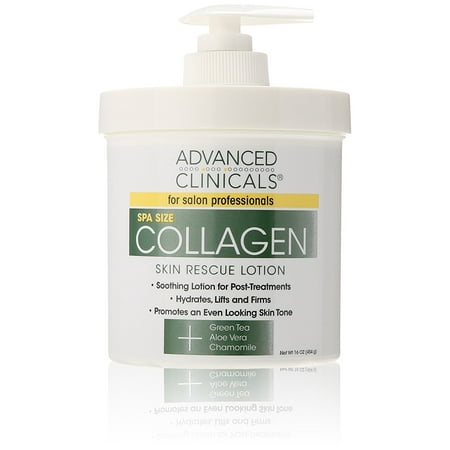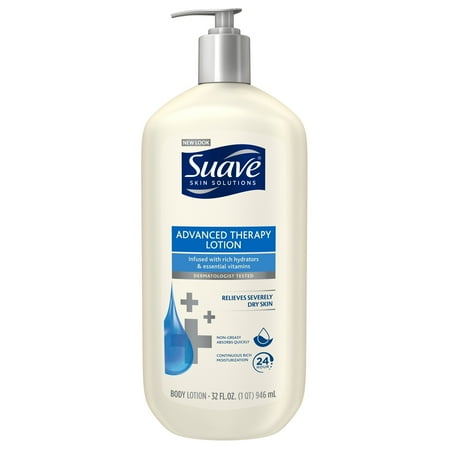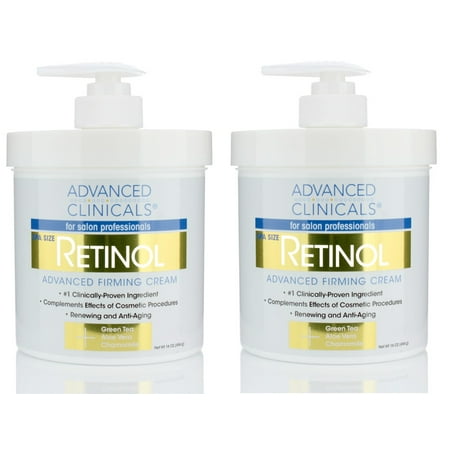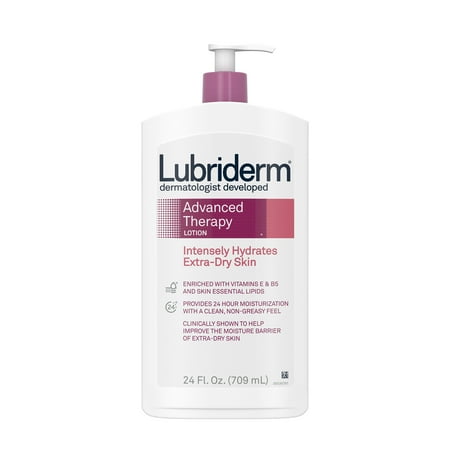(2 pack) Softsoap Exfoliating Body Wash, Coconut Butter Scrub, 20 Ounce
Softsoap® Body Wash, Coconut Butter Scrub, will delight your skin and senses. Made with real coconut seed butter, this body wash is designed to gently exfoliate and retain your skin’s natural moisture.









Softsoap Exfoliating Body Wash, Coconut Butter Scrub, 20 Ounce Twin Pack Exfoliating body wash Formulated without parabens and phthalates pH balanced for your skin Dermatologist tested With real coconut seed butter Biodegradable cleaning ingredients Recyclable bottle bodyw, bodywa, bodywas, body w, body wa, body was, shower gel, showergel, shower g





Reviews
There are no reviews yet.